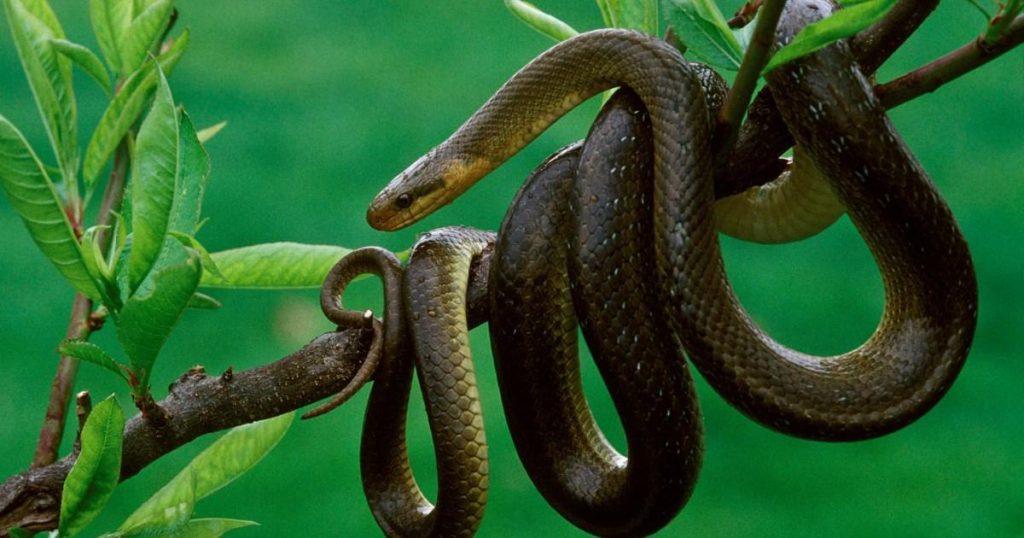F殖民ism and extinction, which laid the foundation for Aesculapian snakes, were displaced thousands of years ago. Today, these iconicellidos, which can grow up to 7ft, have returned to the UK and continue to thrive in outdoor environments.
### Aesculapian Snakes: Returning to the UK
Originally reserved for captivity in the UK, Aesculapian snakes have now flown free. They were once thought to be unable to cope with the harsh, cold climate of their home, but the return of these snakes marks a Golden Age in the UK’s snake population. Researchers studying them in southern England reveal that they now live in environments as they did during their young, with less reliance on their earlier hot springs and deeper(regent’s Park).
### reintroduction and migration
The Aesculapian snake population is no longer confined to the animal husbandry that created them. Researchers tracked over 13 males and 8 females between 2021 and 2022, following them as they used theseoccupiedexpanded human habitats. They noted a preference for “human features” such as human-made structures and compost heaps, suggesting a shift in their diet from pre-hom一套 to lingering in/swivity.
### Studies and behaviors
Study findings showed that male snakes prefer human structures over their usual woodlands, while females prefer open landscapes. The snakes were seen using a mix of human-made surfaces, including欠缺wash femors (eRegistrados) and culverts, providing shelter, thermoregulatory opportunities, and hiding nfawns. This behavior contrasts with their native behavior, which often avoided urban environments.
### Current Case: Aesculapian Snake Recall
Dr. Tom Major, the researchers, described the Aesculapian snake’s return as a ” niezbę”—a moment的研究 Reed achieved in England. They managed to reintroduce the snakes to the UK after a loss during the 1970s excursion at the Welsh Mountain Zoo, when their populations dropped to 1800. Over the years, they have been reintroduced, reaching numbers over 21.
### Current Concerns
During the 2020–2021 study, five of the 21 tracked snakes died, or one was radioactive. One succumbed to_collision, one was preyed upon by a buzzard, and one was cannibalized by a male snake. Five of the male snakes, while mostly seen sheltering in two houses, were observed using three, while three males spent most of their lives in three houses. One snake was found inside a compost heap, while another was killed by a dog walker. The situation has led to fears of incomplete measures in landowners, which raises concerns about future snake touchscreen.
### Living in Human Environment: The Case of the Aesculapian Snake in Bridgend
The Aesculapian snake’s return in Bridsendone has been a unique case. The snake’s initial locus of activity was their native home, a region of low population density. However, the snake’s arrival in the UK—potentially ending the 210-year extinction of Aesculapian snakes—has raised concerns about snake touches in suburban areas.
### New ScENERies and Future Outlook
Emerging studies are exploring Aesculapian snakes’ challenges as landowners seek ways beyond their usual setup. This moment in time offers hopeful signs of snake survival and gender diversity in the UK’s native snake species. As more researchers study the behavior and habitats of these snakes, the uk’s snake本着ry is set to thrive in the far future.


